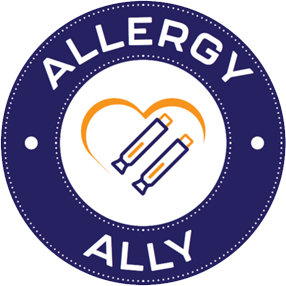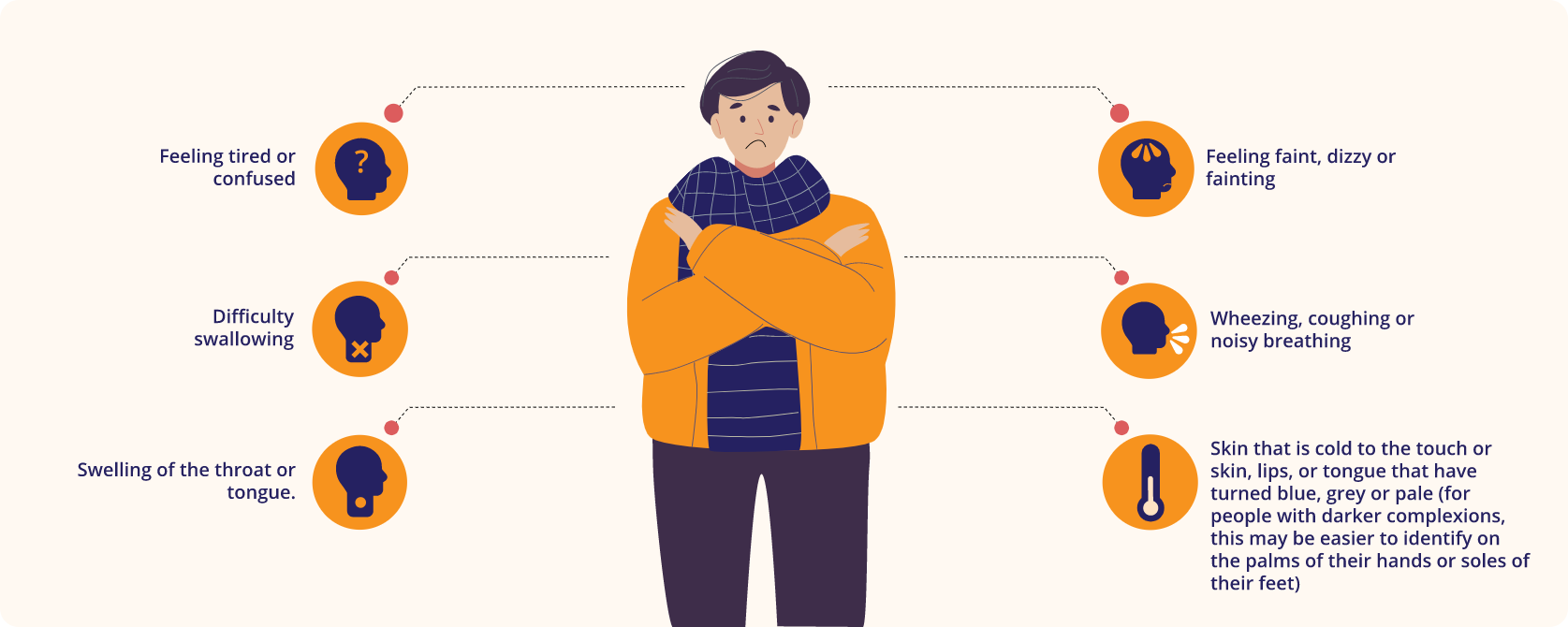 Living with severe allergies isn't just about avoiding certain foods or triggers—it's about navigating a world where everyday activities can pose serious risks. Whether it’s eating out, going to school, or taking a holiday, life with an allergy can be stressful and isolating.
Living with severe allergies isn't just about avoiding certain foods or triggers—it's about navigating a world where everyday activities can pose serious risks. Whether it’s eating out, going to school, or taking a holiday, life with an allergy can be stressful and isolating.
In a survey of 200 patients, parents, or carers of individuals with anaphylaxis, 73% reported that severe allergies negatively impact their mental health.
That’s why Ready2React is here—to raise awareness, support the allergy community, and support the implementation of stricter protocols in public places.
You don’t have to be an expert to make a big difference. By learning how to recognise and respond to allergic reactions, you can be someone people with allergies trust and rely on.
Whether you’re a friend, teacher, colleague, or passerby – you can be an allergy ally.
Become an Allergy Ally and be S.A.F.E.R
Take action today and be someone those with allergies can rely on.
S – Spot the signs of anaphylaxis
Learn to recognise the ABC of anaphylaxis symptoms.
Airways: Swelling in the throat, tongue or upper airways
Breathing: Sudden onset wheezing, breathing difficulty, noisy breath
Circulation: Dizziness, feeling faint, sudden sleepiness, tiredness, confusion, pale clammy skin, loss of consciousness
A – Administer adrenaline when needed without delay
Know how and when to use an adrenaline pen. Confidence in using an adrenaline pen can save a life. Quick action counts.
F – Foster awareness through sharing resources and knowledge
62% of people believe that raising awareness is key to effective allergy management.
Talking openly about allergies at school, work or social events helps normalise the conversation. The more people who understand the risks, symptoms, and treatment, the safer we all become.
E – Encourage allergy-safe spaces
Support allergy-friendly policies at home, school, work, restaurants, and events. This means advocating for:
- Allergy action plans in schools
- Stricter allergy protocols in public places where allergens could be encountered
- More first-aid training across schools and workplaces, especially on recognising and responding to anaphylaxis
R – Rally as a support network
For allergy sufferers, a close circle of family, friends, and healthcare professionals provides a vital safety net. Expanding that circle to include more allies means more people who are ready to help - quickly and confidently.
Be informed. Be prepared. Be S.A.F.E.R
Together, we can create a more informed, more prepared, and more compassionate community. One that is truly Ready2React.



 An allergy is when your body’s immune system is triggered by substances that are usually harmless, such as pollen, certain foods or insect stings. Your immune system will respond to an allergen like it would when attacking a virus, which can cause mild symptoms like itching or rashes or, in more severe cases, can lead to anaphylaxis, a life-threatening condition.
An allergy is when your body’s immune system is triggered by substances that are usually harmless, such as pollen, certain foods or insect stings. Your immune system will respond to an allergen like it would when attacking a virus, which can cause mild symptoms like itching or rashes or, in more severe cases, can lead to anaphylaxis, a life-threatening condition. If you suspect an allergy, contact your GP. They may ask about symptoms, frequency, and triggers, and may refer you to a specialist if needed.
If you suspect an allergy, contact your GP. They may ask about symptoms, frequency, and triggers, and may refer you to a specialist if needed. If you've been prescribed an adrenaline pen, always carry it with you. With the increasing number of allergy diagnoses, it's crucial to raise awareness about the importance of adrenaline pens and how to use them. Tanya Ednan-Laperouse OBE, Co-founder of the Natasha Allergy Research Foundation, emphasises the need to educate people of all ages on how to use adrenaline pens to reduce fear and improve safety.
If you've been prescribed an adrenaline pen, always carry it with you. With the increasing number of allergy diagnoses, it's crucial to raise awareness about the importance of adrenaline pens and how to use them. Tanya Ednan-Laperouse OBE, Co-founder of the Natasha Allergy Research Foundation, emphasises the need to educate people of all ages on how to use adrenaline pens to reduce fear and improve safety. Ask for an ambulance and let them know that someone has suffered anaphylaxis (pronounced: ana-fill-axis). The ambulance may take a while to come, so stay with the person until help arrives. While waiting for the ambulance, they may need you to administer their second adrenaline pen. Encourage them to stay laying down until the ambulance team arrives, even if they say they’re feeling better.
Ask for an ambulance and let them know that someone has suffered anaphylaxis (pronounced: ana-fill-axis). The ambulance may take a while to come, so stay with the person until help arrives. While waiting for the ambulance, they may need you to administer their second adrenaline pen. Encourage them to stay laying down until the ambulance team arrives, even if they say they’re feeling better.